The pages of human history have been shaped by powerful leaders that rise above their peers to transform societies and establish dominion over the lands. And although the ways in which many leaders wield their power have not always been for the benefit of society and at times have been outright controversial, the qualities that cast these figures into prominence are certainly worth a closer look.
In this list, we examine 12 notable leaders throughout the age and the ways in which their leadership styles have shaped their spheres of influence.
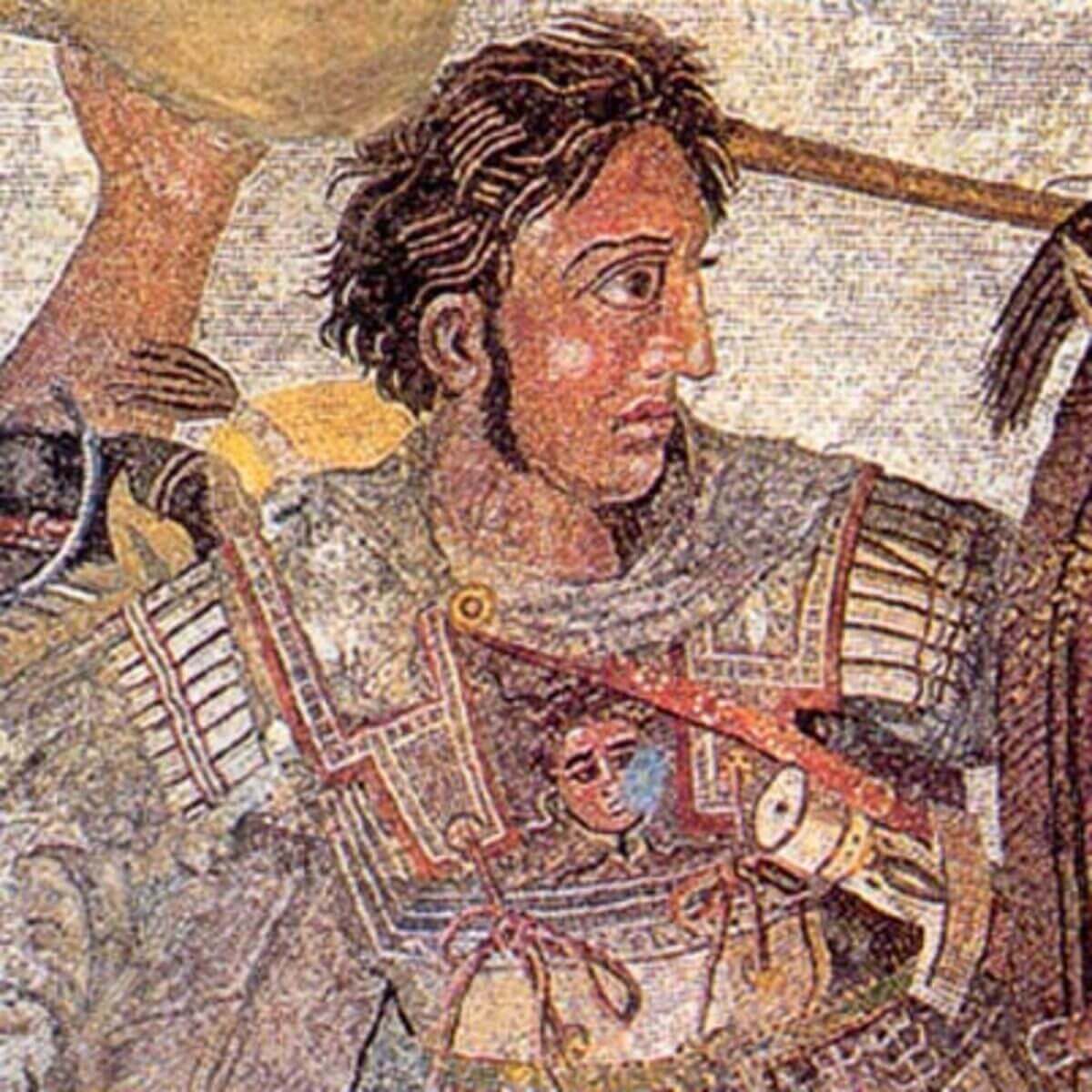
Alexander the Great, 356 BC
Alexander the Great was one of history’s most successful warriors, who never lost a battle in 15 years and once conquered the island of Tyre by turning it into a peninsula so that his army could reach it. Although he was famed for his unifying charisma and inspiring loyalty by charging into battle from the front of the line, he also serves as a caution against the kind of leadership that lives and dies with one charismatic person; upon his death without a successor at age 32, his empire was immediately torn apart by his generals who fought for control of the vast territory that stretched from Macedonia to India.
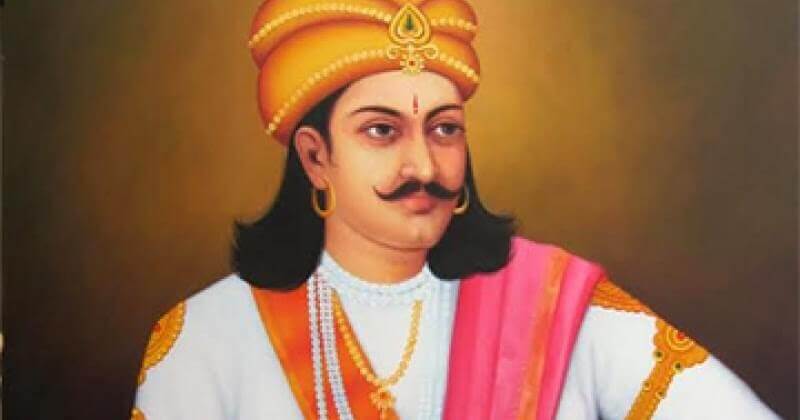
Ashoka, 304 BC
King Ashoka, or Ashoka the Great, was the third ruler of the Mauryan Empire who unified the Indian subcontinent during the 3rd century BC. Although his rise was fueled by bloody and lethal conquests across India, he renounced armed warfare after a devastating battle in Kalinga that killed 300,000 people. Upon witnessing the violence, he became a benevolent, humanitarian ruler who mobilized his empire to provide peace and prosperity for his people. His edicts, which were carved on rocks and pillars throughout the empire, expressed remorse for the destructions of his conquests and ensured religious tolerance, outlined social welfare, and even established medical facilities for animals.
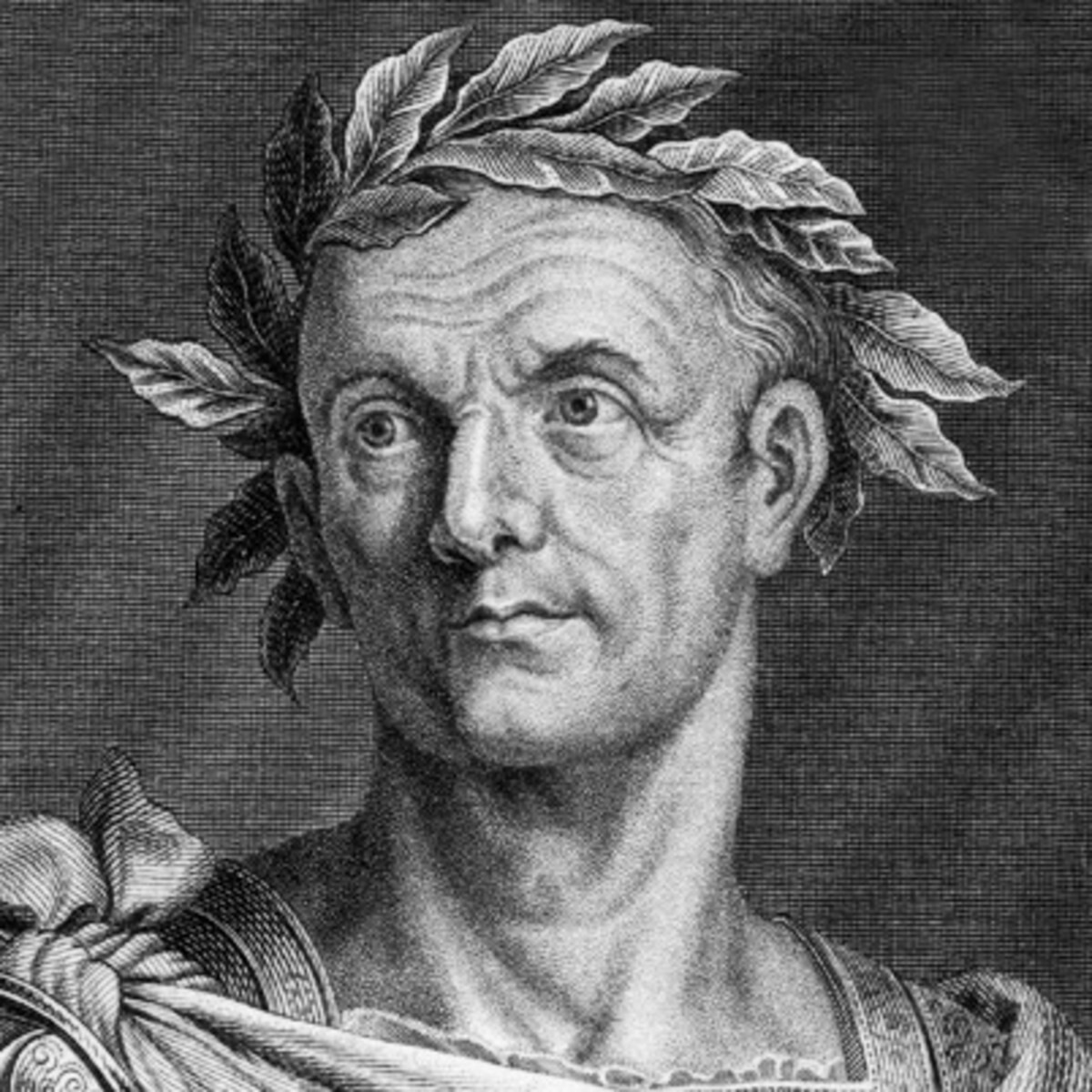
Julius Caesar, 100 BC
Famed Roman commander Julius Caesar was a skilled tactician whose military victories expanded the Roman Empire while his political leadership advanced its social structure. As a consul member, he was known as a reform-minded leader, giving land to poor Romans, supporting veterans, and outlawing extortion. After a series of political maneuverings in which he was named dictator for life, he continued to utilize his strong oratory skills to centralize the bureaucracy for maximum efficiency while stuffing the Senate with his allies for more power. But his heavy-handed and centralized rule made many enemies within the Senate and ultimately lead to his assassination.
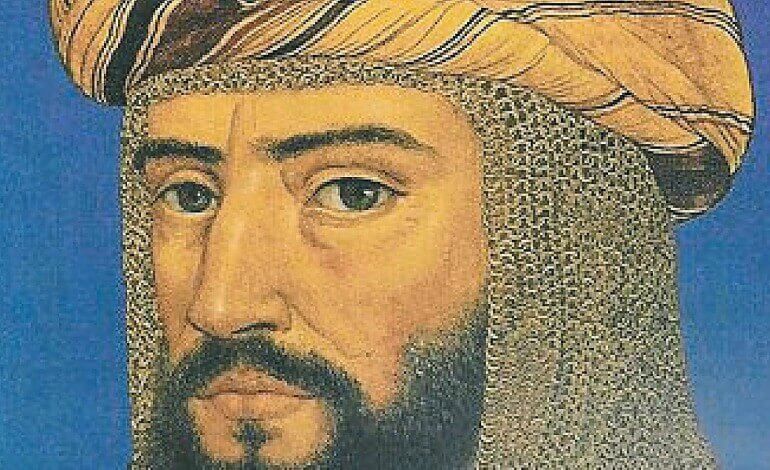
Saladin, 1137 AD
Saladin was the first sultan of Egypt and Syria, and founder of the Ayyubid dynasty, who was best known for uniting the Arab armies in a successful campaign against the European Crusaders in the 12th century. Saladin was famed for his reputation as a ruthless warrior but was also said to be a generous and merciful leader. After his capture of Jerusalem, he freed the elderly, the widows, and children to spare them from a life of slavery and allowed residents from foreign lands safe departure with their property. Legend also has it that he even sent his doctors to Richard the Lionheart, the Leader of the Crusades, when he heard Richard was ill.
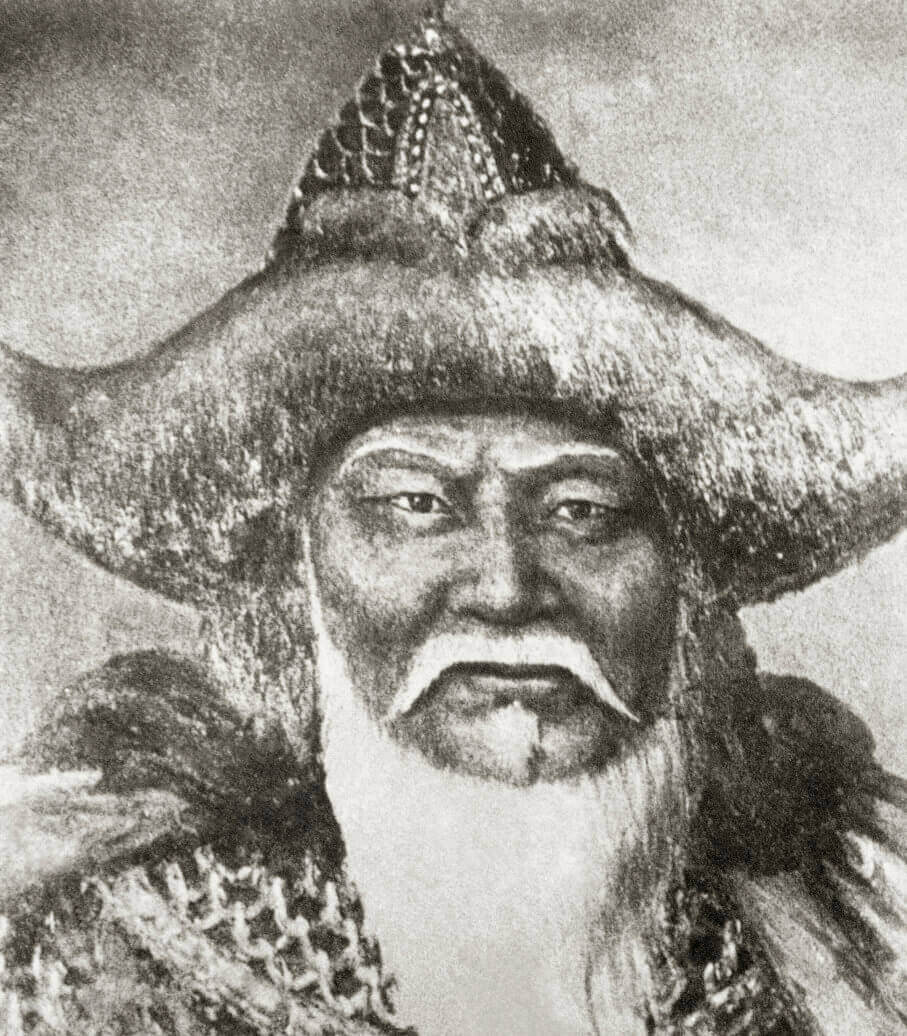
Genghis Khan, 1162 AD
As the greatest conqueror the world had ever seen, Genghis Khan rose from the humble steppes of Mongolia to establish the largest empire in human history. He perfected a number of military tactics including intense psychological warfare and the use of staged false retreats, but he was also known for his openness to adapting and incorporating the tactics and technologies of conquered nations. He also allowed religious freedom, abolished torture, established meritocracy, and advanced the rights of women throughout his empire. Such was his attention to establishing unity and peace in new lands that unlike most conquerors, Khan died a peaceful death surrounded by his family.
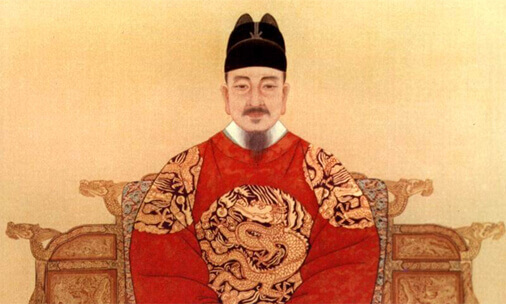
Sejong the Great, 1397 AD
Sejong the Great was the fourth king of the Joseon dynasty, and is often cited as the greatest monarch in the history of Korea, whose leadership was marked by a period of rapid cultural and scientific advancements. Believing that the basis of good government was a leader with intellect, virtue, and eye for talent, he is credited with the invention of the Korean alphabet Hangul, an intuitive writing system that opened up literacy and education for all citizens. Despite opposition from the elite, he ordered popular texts to be translated into Hangul to encourage education for commoners, and reformed the legal, agricultural, and economic foundations to benefit the common class.
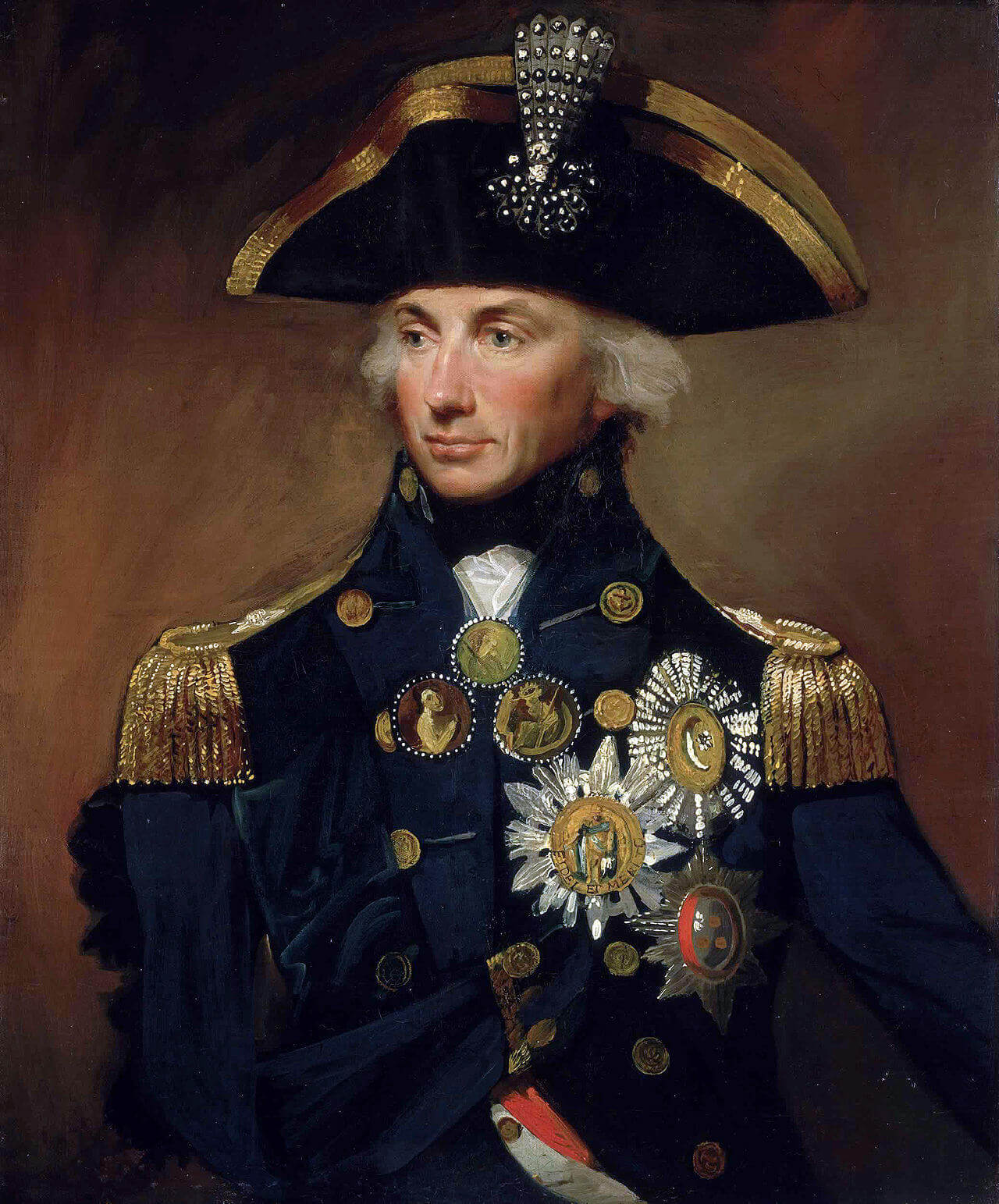
Horatio Nelson, 1758 AD
Horatio Nelson was a British admiral during the Napoleonic Wars, and was celebrated for his uncanny ability to inspire trust and loyalty in his men. Nelson was known to have remarkable confidence in his officers, and gave them simple instructions and goals in the hopes that they would be able to think for themselves and make their own choices when required in the fog of war. His motivational tactics and genius for communication made him a hero amongst his soldiers and countrymen, and lead him to a number of decisive naval victories over the French.
[ms-protect-content id=”4069,4129″]
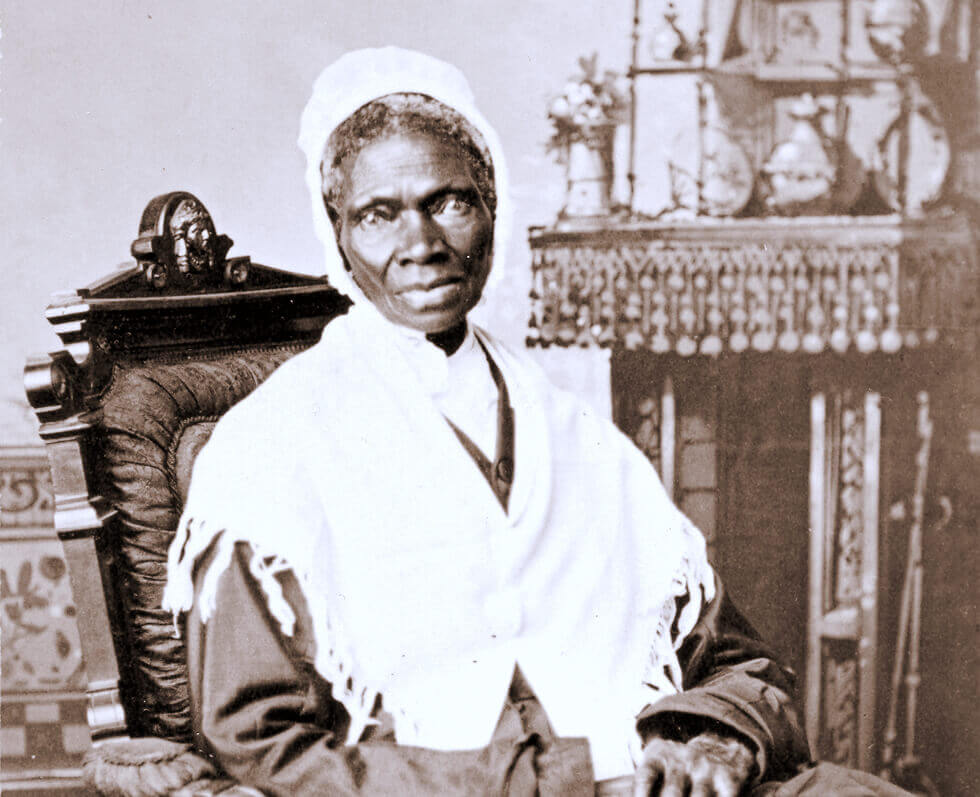
Sojourner Truth, 1797 AD
Born into slavery, African American abolitionist and women’s rights activist Sojorner Truth became one of the most prominent leaders of the abolition movement and the first black woman to take a white man to court and win. Standing at 6 feet tall with a low, masculine voice, Truth utilized her powerful presence and emotional appeal to travel the country in her fight against slavery and awaken the American conscience, which culminated in her landmark 1851 speech “Ain’t I a Woman?” through which she demanded equal rights for blacks and women. In her later days, Trust eventually met Abraham Lincoln and thanked him for helping to end slavery.
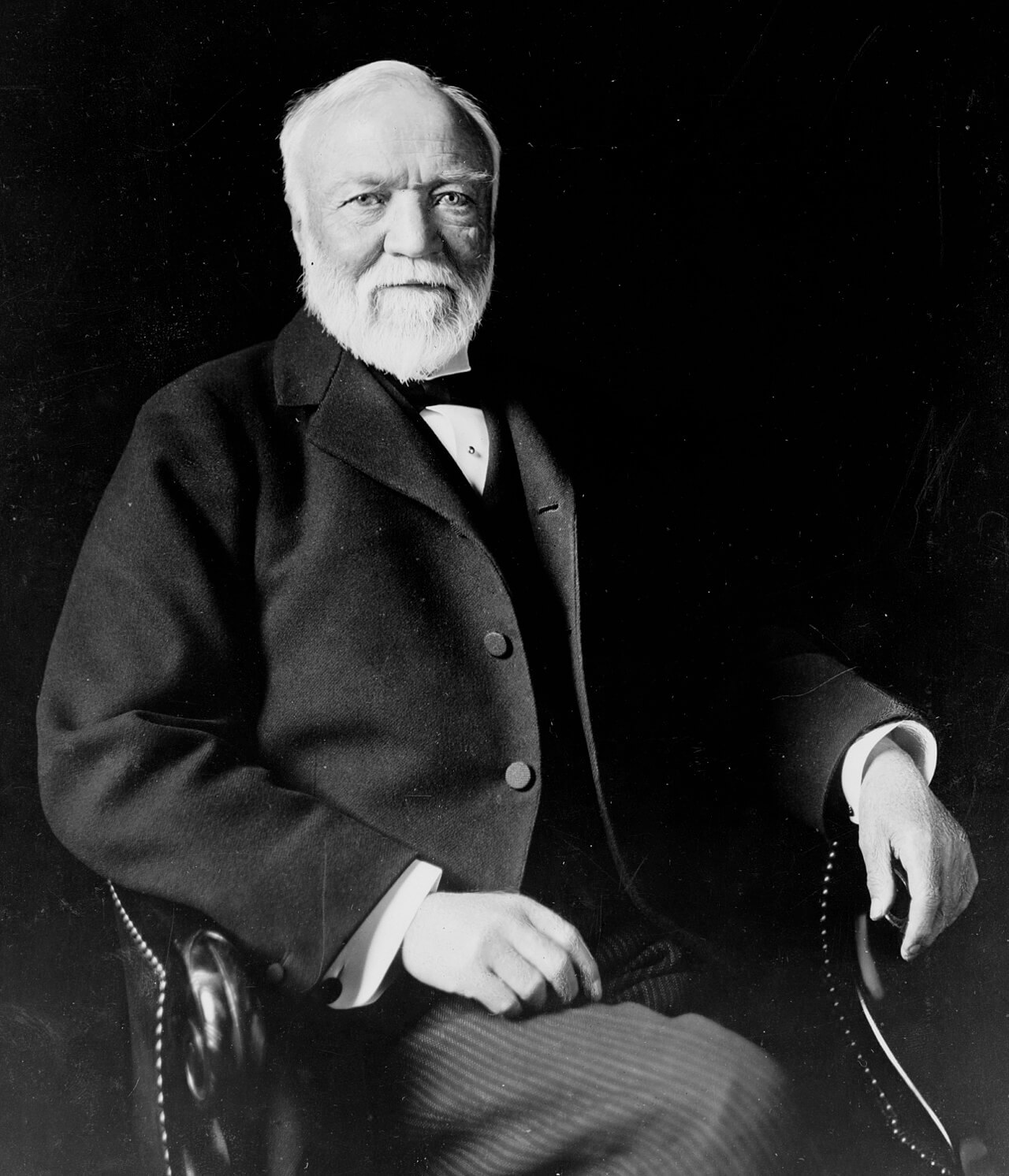
Andrew Carnegie, 1835 AD
Scottish-born Andrew Carnegie was an American industrialist who amassed a fortune in the steel industry before becoming a major philanthropist. His steel empire produced the raw materials that launched the United States into the Industrial Revolution with the infrastructure construction boom. Although he ran into a series of labor relation issues, in which a labor strike was put down by a violent militia, his revolutionary use of middle managers and professionals helped expand the middle class. Known as one of the first and greatest philanthropists, Carnegie is responsible for the founding of more than 2,500 libraries around the world.
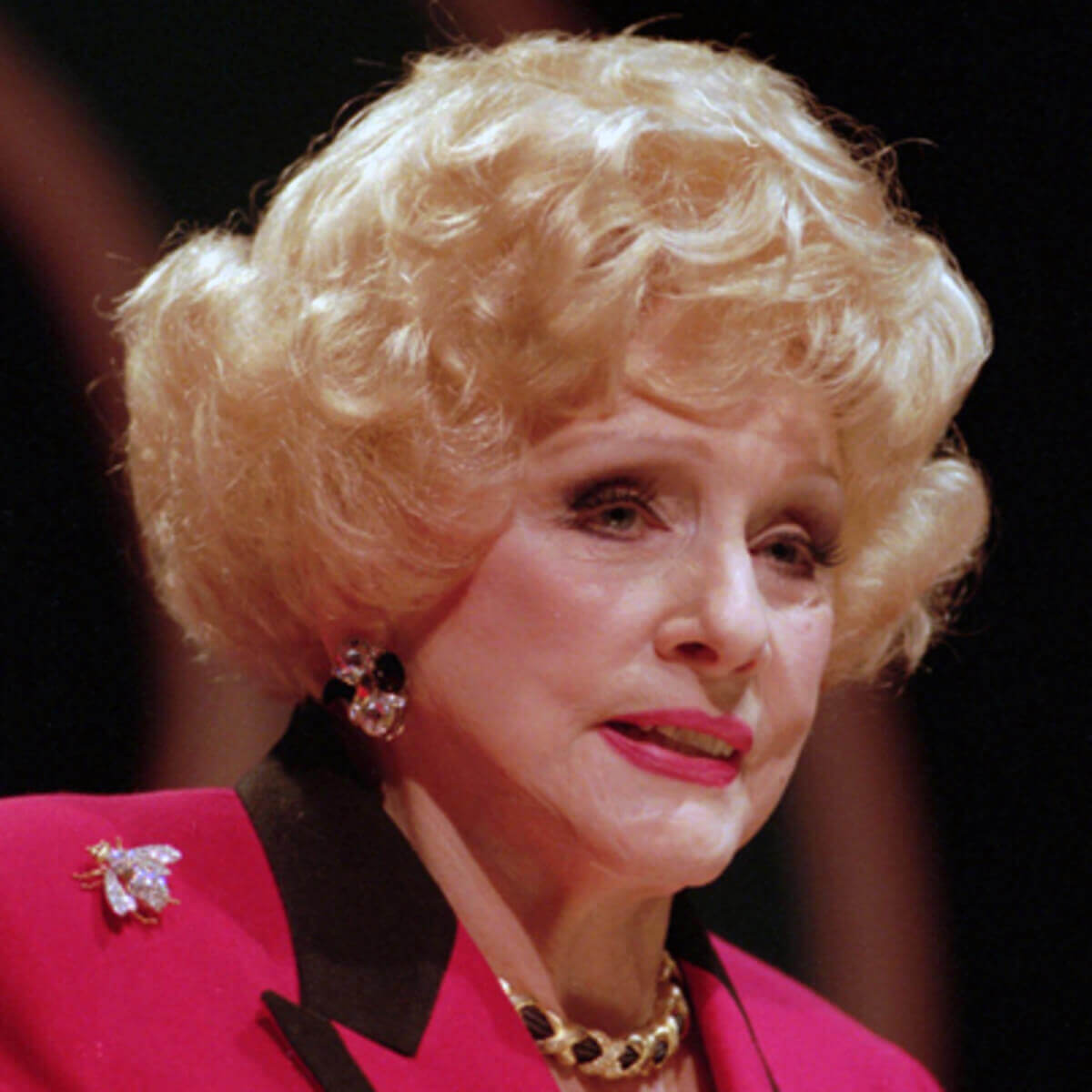
Mary Kay Ash, 1918 AD
Entrepreneur Mary Kay Ash is the founder of Mary Kay Cosmetics, a billion dollar beauty empire that she built with just $5,000 in 1963. After being passed over a promotion in favor of a man she had trained in her career as a direct sales firm, she retired in order to write a book on helping women in the workplace. Instead, she launched a company with her meager life’s savings with a dream to provide women the opportunity to achieve financial success. Driven by the core principle that every member of the company must abide by the Golden Rule, the company went on to build an independent sales force of more than 3 million women.
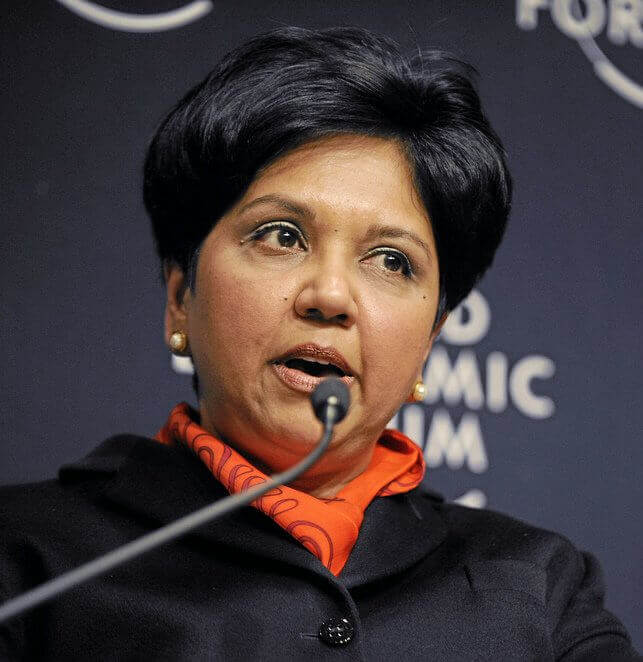
Indra Nooyi, 1955 AD
PepsiCo Chairman and CEO Indra Nooyi is a frequent and top presence among the world’s most powerful women, and has been credited with leading the food and beverage brand to being the second largest in the industry. Known for her decisive and strategic business decisions such as the spinning off of the KFC, Pizza Hut, and Taco Bell restaurants to pay down company debts or the purchase of juice brand Tropicana in a direct challenge to rival Coca Cola’s Minute Maid, Nooyi was instrumental in Pepsi’s expansion into diversified offerings and has championed flawless execution as the ultimate goal of her leadership.

Jack Ma, 1964 AD
In 20 years, Chinese business magnate Jack Ma went from being rejected for a job at KFC to becoming the founder of the largest Internet company in China. Like Bill Gates, who did not invent the computer OS or Steve Jobs, who did not invent the smartphone, Ma’s philosophy of innovating on the shoulder of giants resulted in the creation of his e-commerce platform Alibaba, the world’s largest retailer. His unique emphasis on leader’s LQ, or love quotient, and his openness to share advice and knowledge has earned him respect as a visionary of modern leadership.
[/ms-protect-content]














